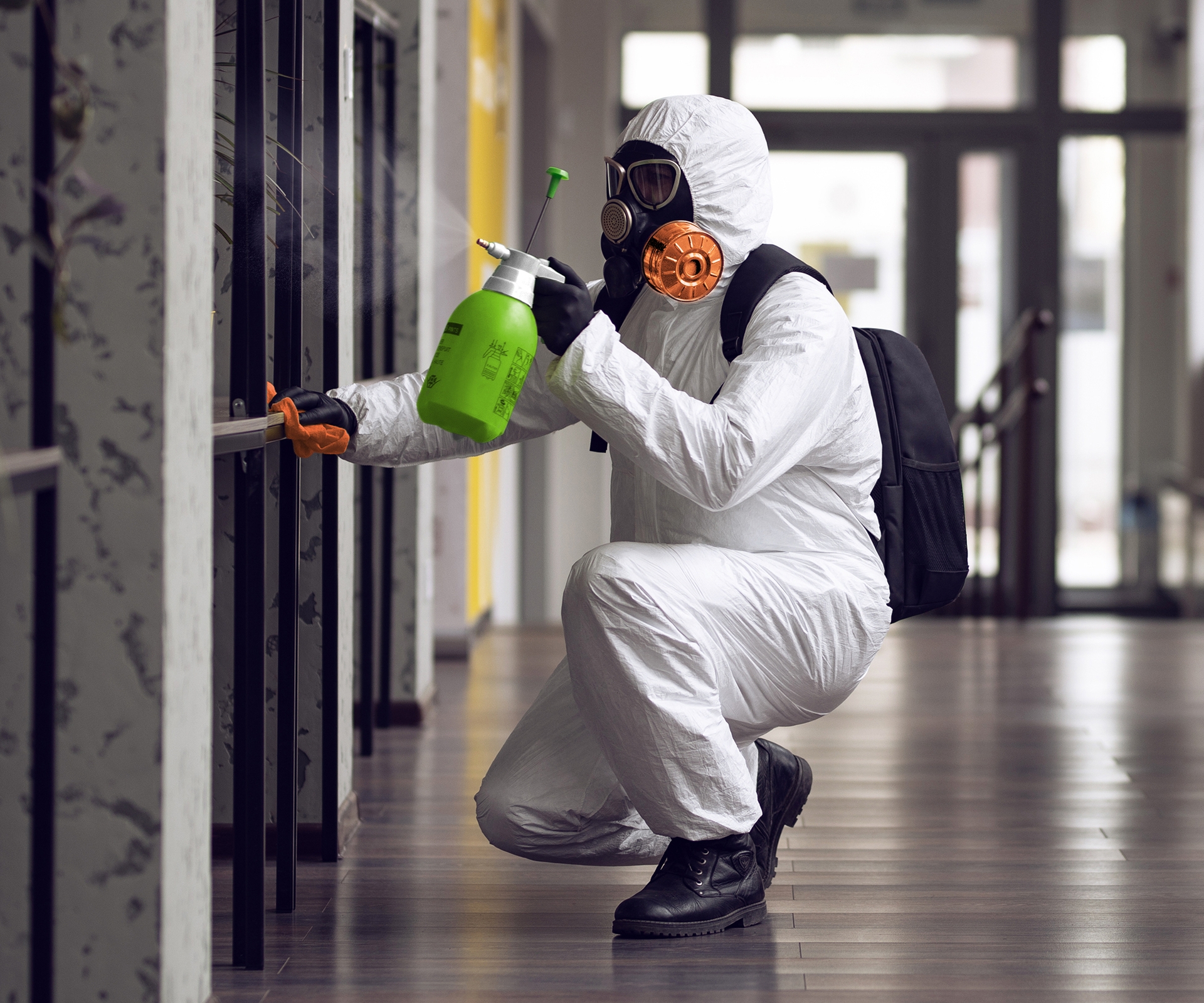Crucial Actions After Mold Remediation
Wiki Article
Your Ultimate Guide to Article Mold And Mildew Remediation Techniques
In the results of mold and mildew invasion, knowing how to properly get rid of the mold and avoid its reoccurrence is paramount for preserving a healthy indoor atmosphere. From picking the ideal cleansing and decontaminating approaches to carrying out techniques for long-lasting mold and mildew prevention, each action in the remediation trip plays an important duty in making certain a successful end result.Recognizing Post-Mold Remediation Process
After completing the mold remediation process, it is essential to recognize the post-mold remediation techniques that are essential to make sure a reliable and comprehensive cleanup. Once the mold has been gotten rid of, the following action includes cleansing and decontaminating the impacted locations to stop any regrowth of mold and mildew. This includes using specialized cleaning up representatives to clean down surface areas and eliminate any remaining mold spores. It is vital to dry out the area completely to inhibit the development of mold and mildew in the future (Post Remediation Inspection near me). Appropriate air flow and dehumidification can help in this procedure.
Furthermore, conducting a final assessment post-remediation is vital to ensure that all mold has actually been efficiently gotten rid of. This evaluation needs to include an extensive visual check in addition to perhaps air sampling to validate the lack of mold spores in the air. Additional removal might be required if the examination exposes any kind of remaining mold and mildew. Informing residents on preventative procedures such as regulating moisture levels and immediately addressing any water leakages can assist maintain a mold-free setting.
Reliable Cleaning Up and Decontaminating Techniques

Stopping Future Mold And Mildew Development

Relevance of Appropriate Ventilation
Proper ventilation plays an essential function in avoiding moisture build-up, a vital consider mold growth within interior environments. Reliable air flow systems aid get rid of excess moisture from the air, minimizing the possibilities of mold spores finding the dampness they need to germinate and spread. Without adequate ventilation, interior areas can become a breeding place for mold, causing potential wellness risks and architectural damage.By making sure proper air flow, ventilation systems can likewise help in drying out wet locations what to do after mold remediation faster after water damage or flooding events, better discouraging mold and mildew growth. Post remediation mold testing near me. In rooms like shower rooms, basements, kitchen areas, and attic rooms where moisture degrees often tend to be higher, installing and preserving reliable air flow systems is crucial in stopping mold and mildew problems

Surveillance and Upkeep Tips
Offered the critical role that correct ventilation plays in protecting against mold and mildew development, it is critical to establish reliable tracking and upkeep tips to guarantee the continued functionality of air flow systems. Regular evaluations of ventilation systems ought to be performed to look for any kind of indications of clogs, leaks, or malfunctions that could hamper appropriate air movement. Surveillance moisture levels within the residential property is also critical, as high humidity can contribute to mold development. Installing a hygrometer can assist track humidity degrees and alert house owners to any type of spikes that might require interest. Furthermore, guaranteeing that air filters are on a regular basis cleaned up or changed is necessary for preserving the effectiveness of the air flow system. Executing a routine for routine upkeep jobs, such as duct cleansing and a/c system assessments, can aid avoid problems before they escalate. By staying attentive and positive to the problem of air flow systems, homeowner can effectively reduce the risk of mold and mildew regrowth and preserve a healthy and balanced interior setting.
Verdict
To conclude, post-mold remediation techniques are vital for ensuring a risk-free and clean environment. Understanding the process, executing effective cleaning and disinfecting techniques, preventing future mold growth, keeping appropriate air flow, and regular surveillance are all essential action in the removal procedure. By following these guidelines, you can effectively get rid of mold and stop its return, promoting a healthy and balanced living or working room for all residents.In the after-effects of mold and mildew problem, knowing just how to successfully eradicate the mold and prevent its reoccurrence is critical for preserving a healthy indoor environment. When the mold and mildew has been gotten rid of, the following action involves cleaning and sanitizing the impacted areas to prevent any type of regrowth of mold - After mold remediation. After getting rid of visible mold and mildew growth, it is critical to clean all surfaces in the damaged area to remove any type of continuing to be mold and mildew spores. To further enhance mold avoidance actions, it is essential to attend to underlying problems that initially led to mold and mildew advancement.Provided the critical duty that proper air flow plays in avoiding mold development, it is important to develop reliable surveillance and upkeep tips to guarantee the continued performance of air flow systems
Report this wiki page